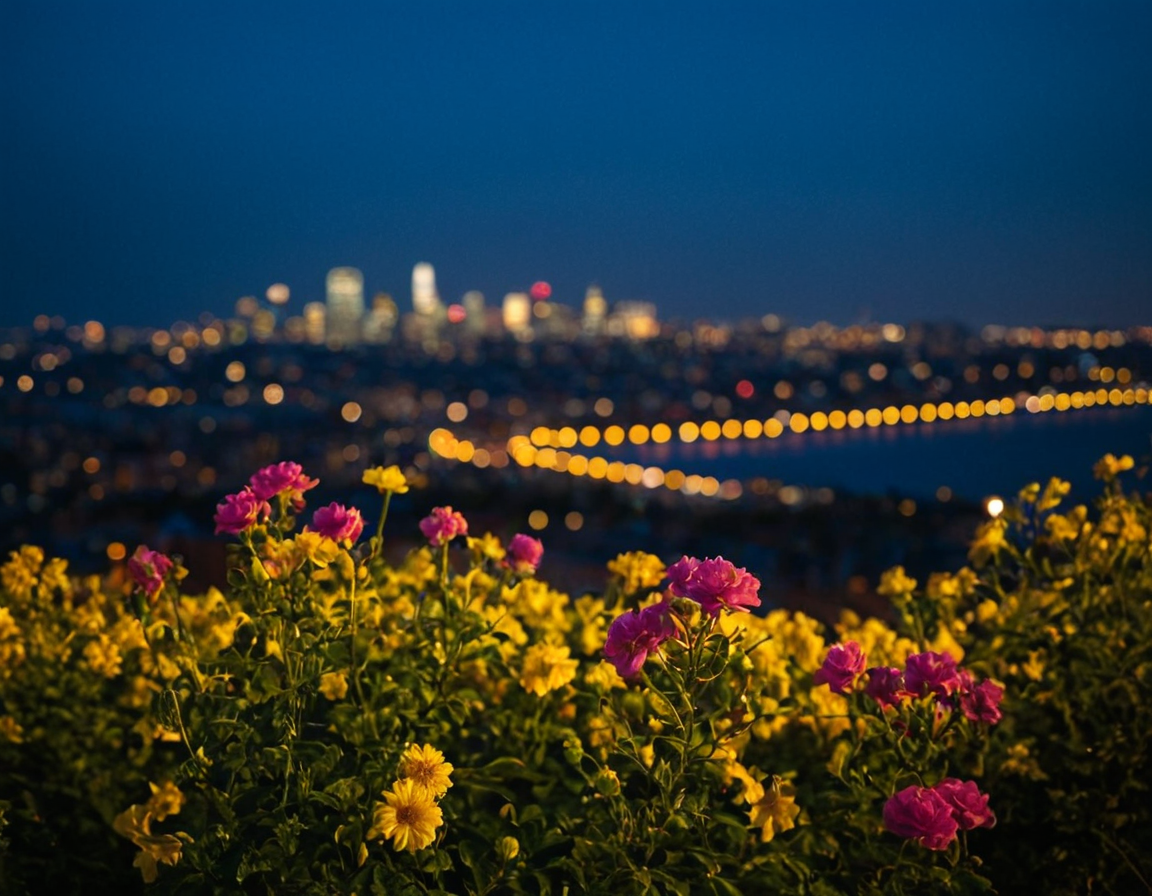Bokeh Tips - Gorgeous Background Blur

The Bokeh Effect in Photography: A Guide to Gorgeous Background Blur
The art of photography is all about capturing the perfect moment, but it’s not just about the subject – it’s also about creating a visually stunning image. One technique that can elevate your photos from ordinary to extraordinary is the bokeh effect. In this guide, we’ll delve into the world of bokeh and explore its applications in photography.
What is Bokeh?
Bokeh is a Japanese term that refers to the aesthetic quality of the out-of-focus parts of an image. It’s essentially the blurred background or “bokeh” area behind your subject. A well-crafted bokeh can add depth, atmosphere, and emotion to an otherwise ordinary photo.
Understanding Bokeh in Photography
Bokeh is not just about blurring the background; it’s also about creating a sense of separation between the subject and the environment. This technique requires a good understanding of your camera settings, lens choices, and composition skills.
Choosing the Right Lens
The type of lens you use can greatly impact the quality of your bokeh. A wide-aperture lens (like f/1.4 or f/2.8) is ideal for creating a shallow depth of field, which is essential for producing a bokeh effect. However, it’s essential to remember that a wider aperture also increases the risk of camera shake and noise.
Aperture and Depth of Field
Aperture plays a significant role in controlling the depth of field. A higher f-stop value (e.g., f/16) will result in a deeper depth of field, while a lower value (e.g., f/2.8) will produce a shallower depth of field.
Composition and Lighting
Composition is key when it comes to creating a bokeh effect. Avoid placing your subject near the edges or corners of the frame, as this can lead to an unflattering composition. Also, be mindful of the lighting – harsh midday sun can create unflattering shadows and highlights.
Practical Examples
Let’s take a look at some practical examples of how to achieve a bokeh effect in photography:
- Using a wide-aperture lens: This will help you create a shallow depth of field, which is essential for producing a bokeh effect.
- Experimenting with different aperture values: Try using different f-stop values to see how they impact the quality of your bokeh.
- Paying attention to composition: Make sure your subject is not placed near the edges or corners of the frame.
Conclusion
The bokeh effect can be a powerful tool in photography, but it requires practice and patience. By understanding the principles behind bokeh and experimenting with different techniques, you can take your photography to the next level.
Take control of your aperture settings and experiment with different compositions to create stunning bokeh effects. Remember, practice makes perfect – keep pushing yourself to capture images that leave a lasting impression.
About Jose Gimenez
Hi, I'm Jose Gimenez, a seasoned photographer and blogger passionate about helping creatives level up their craft. With years of experience shooting weddings, landscapes, and portraits, I share practical tips, tutorials, and tools on lentecreativa.com to inspire and educate photographers.
